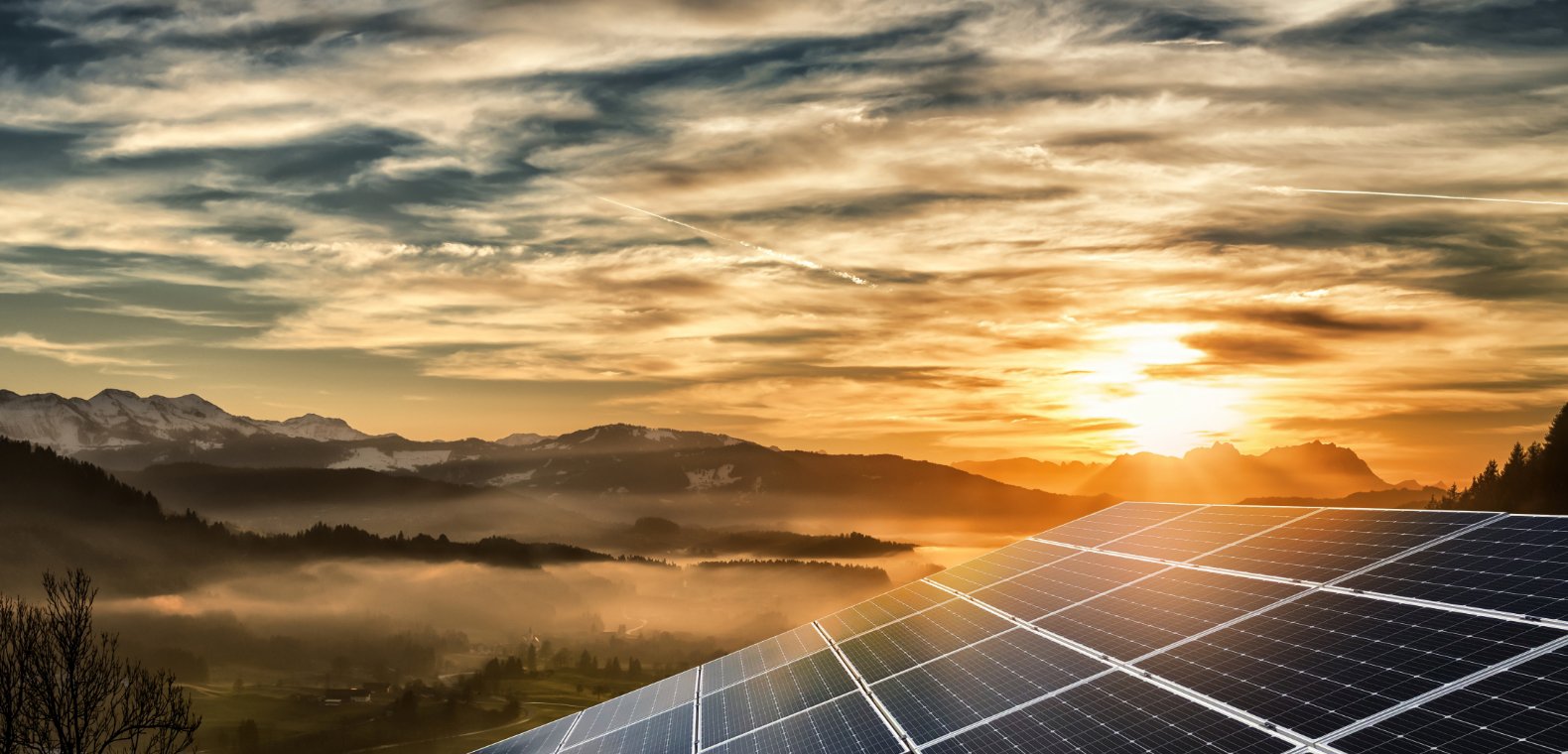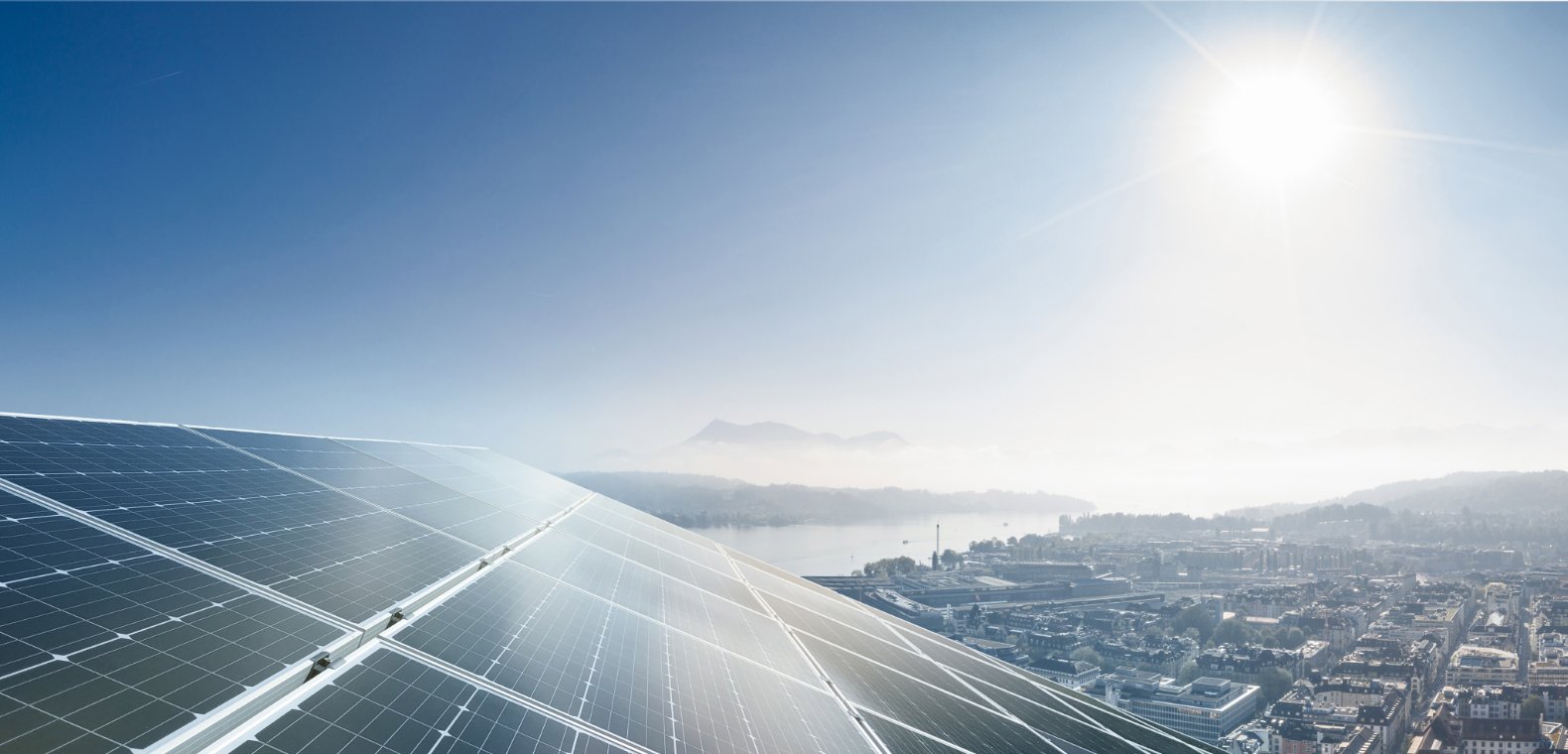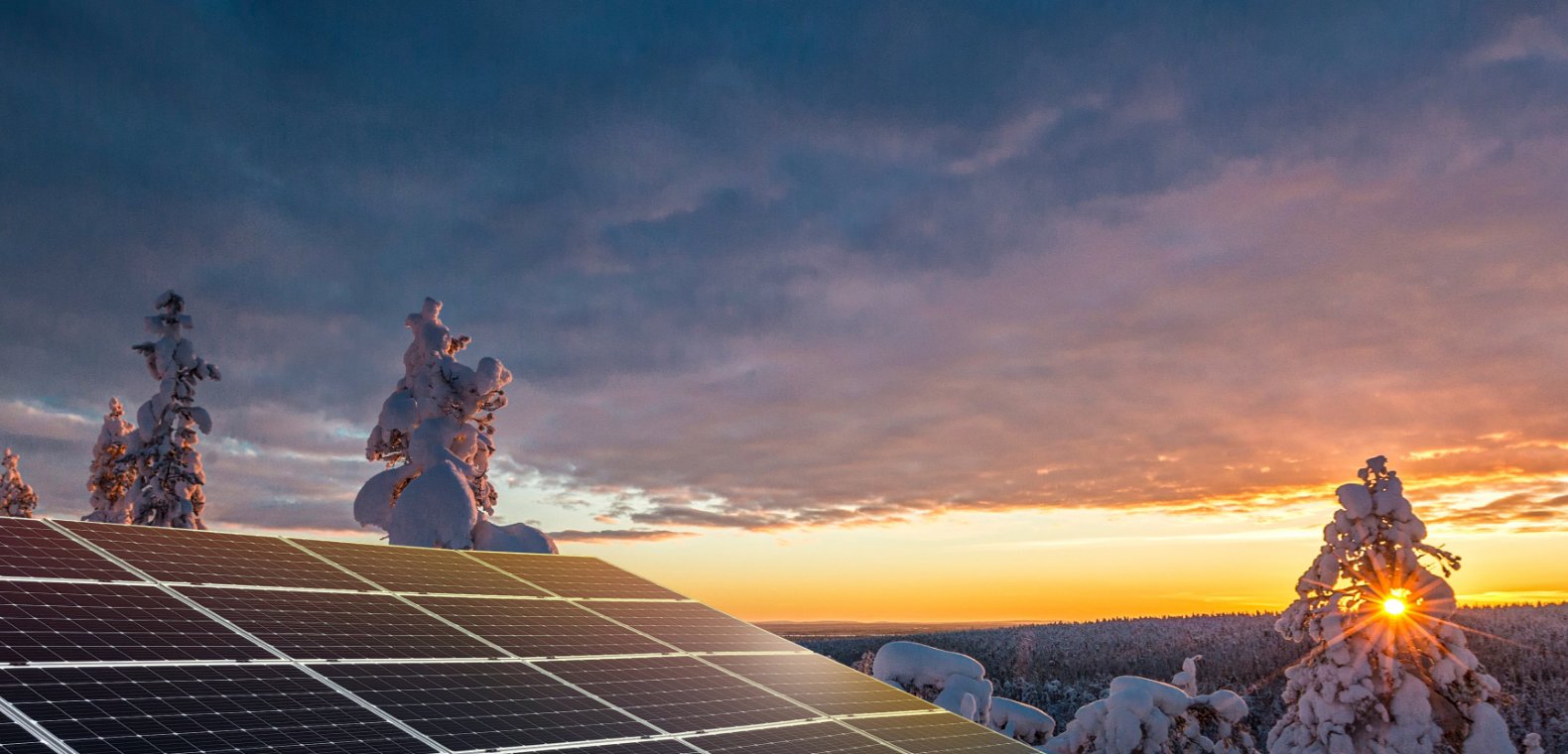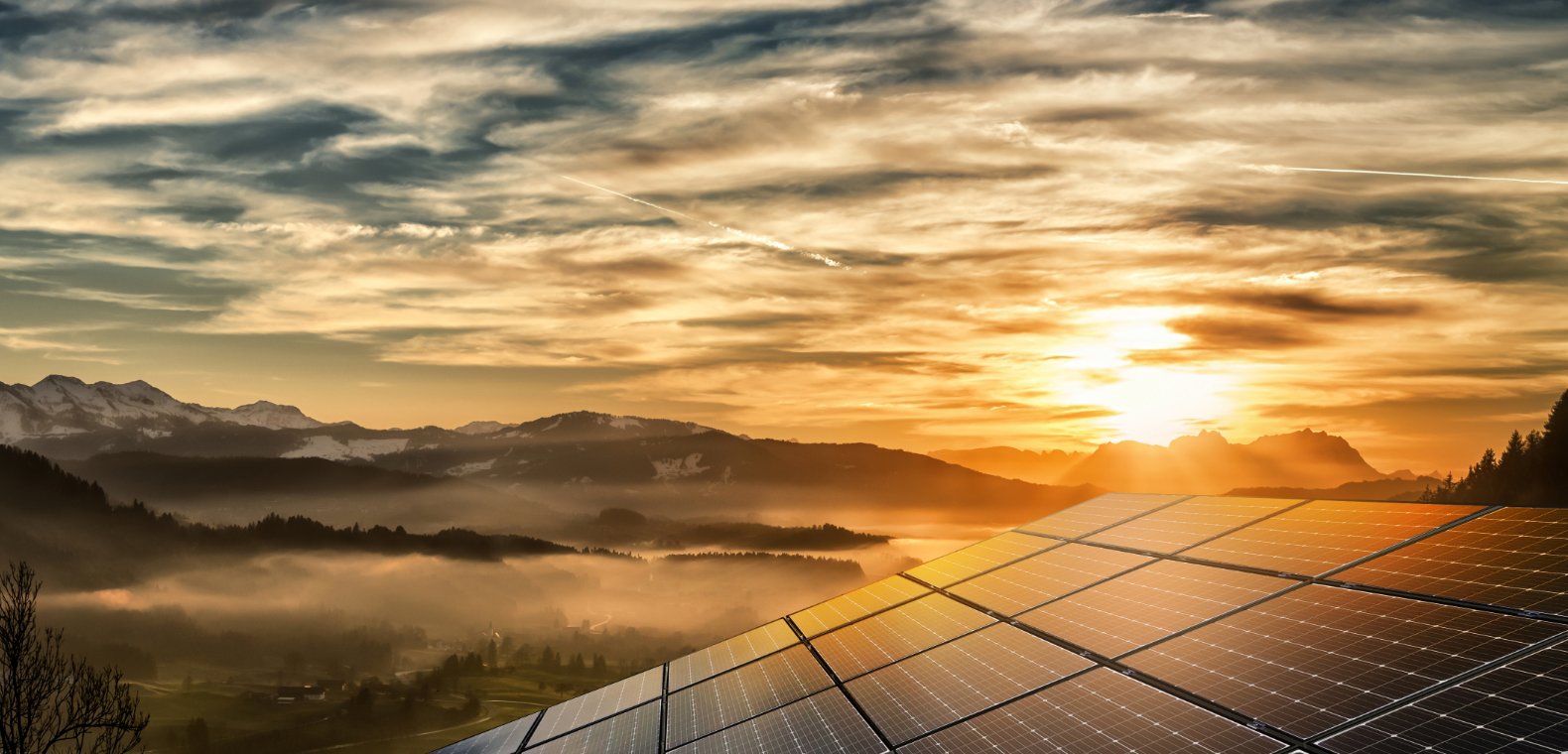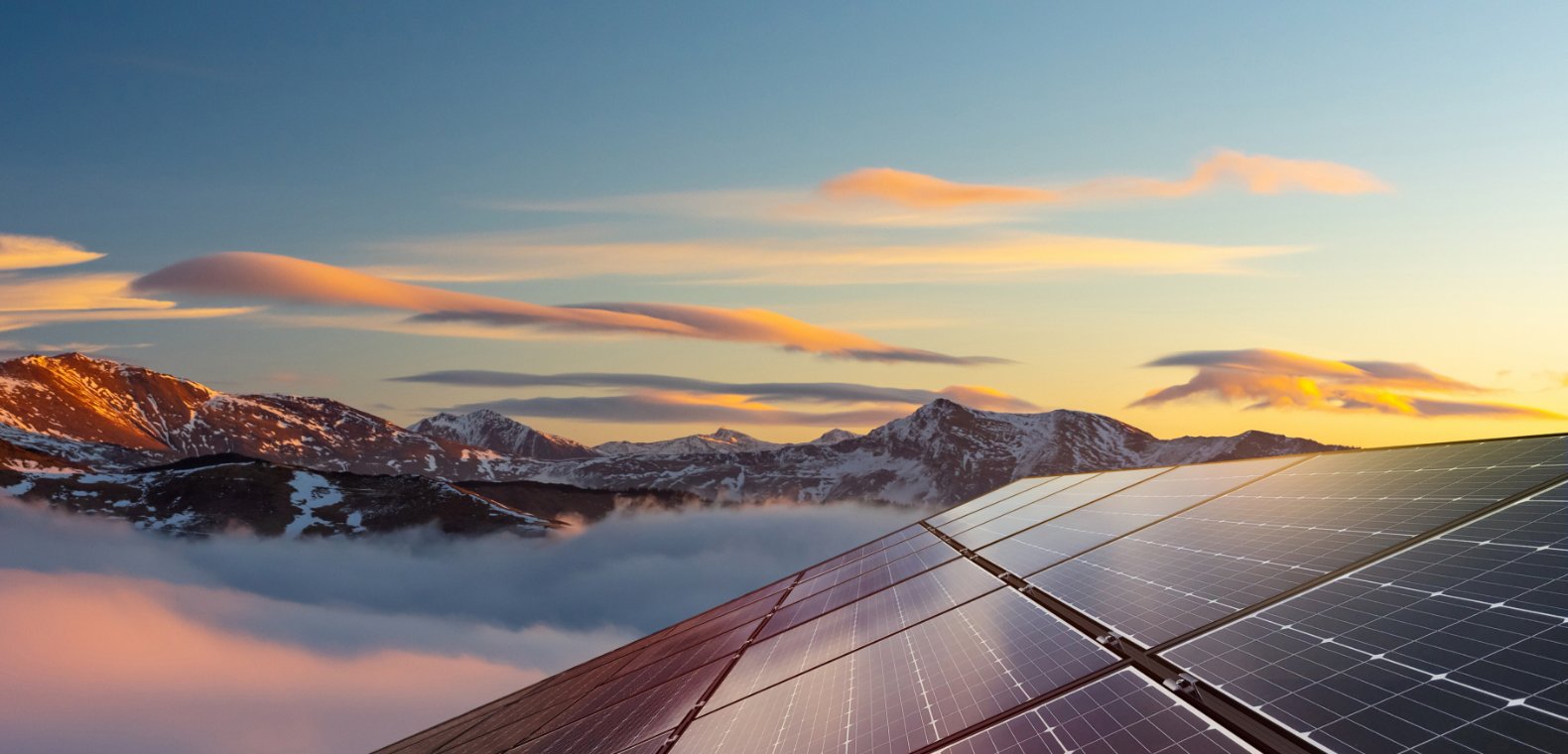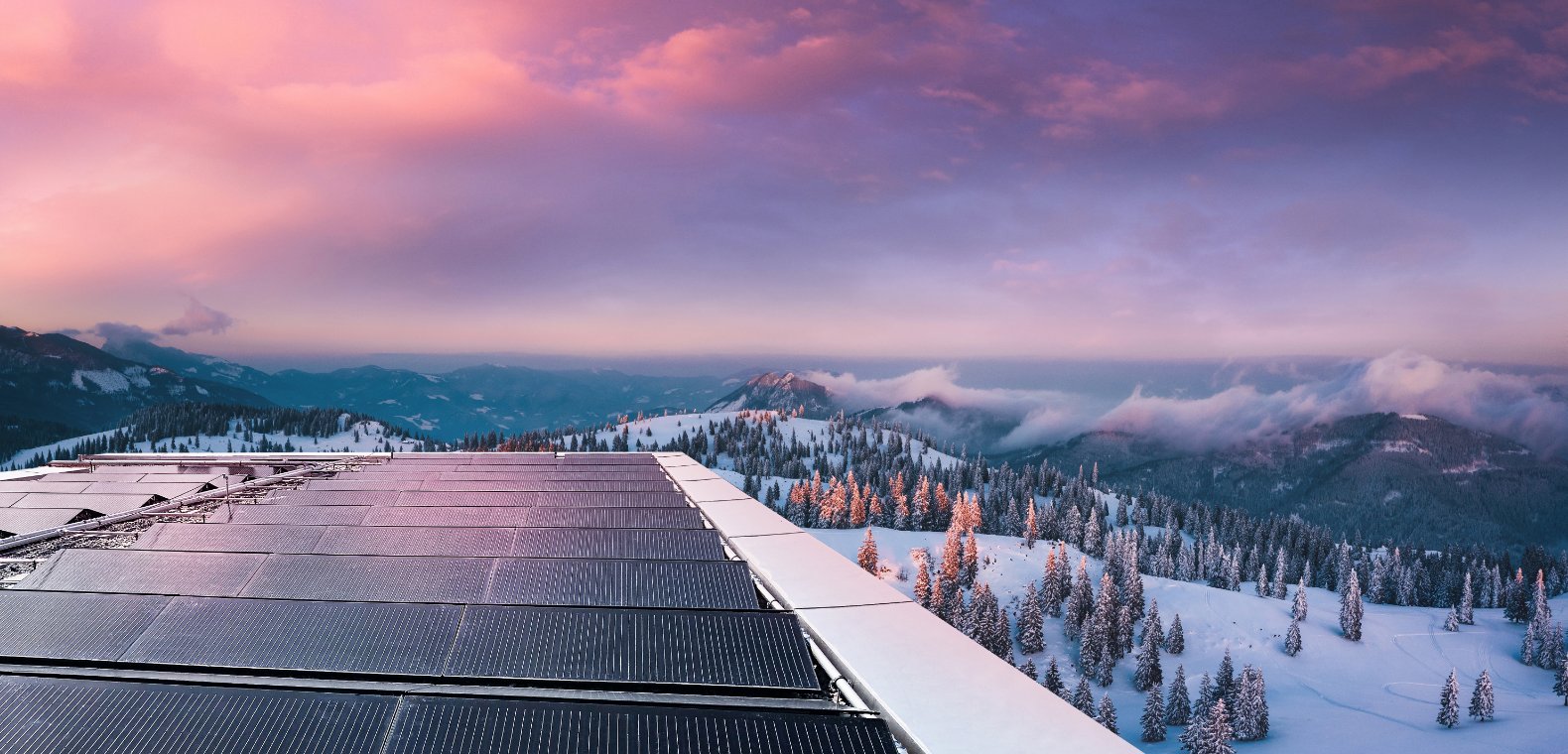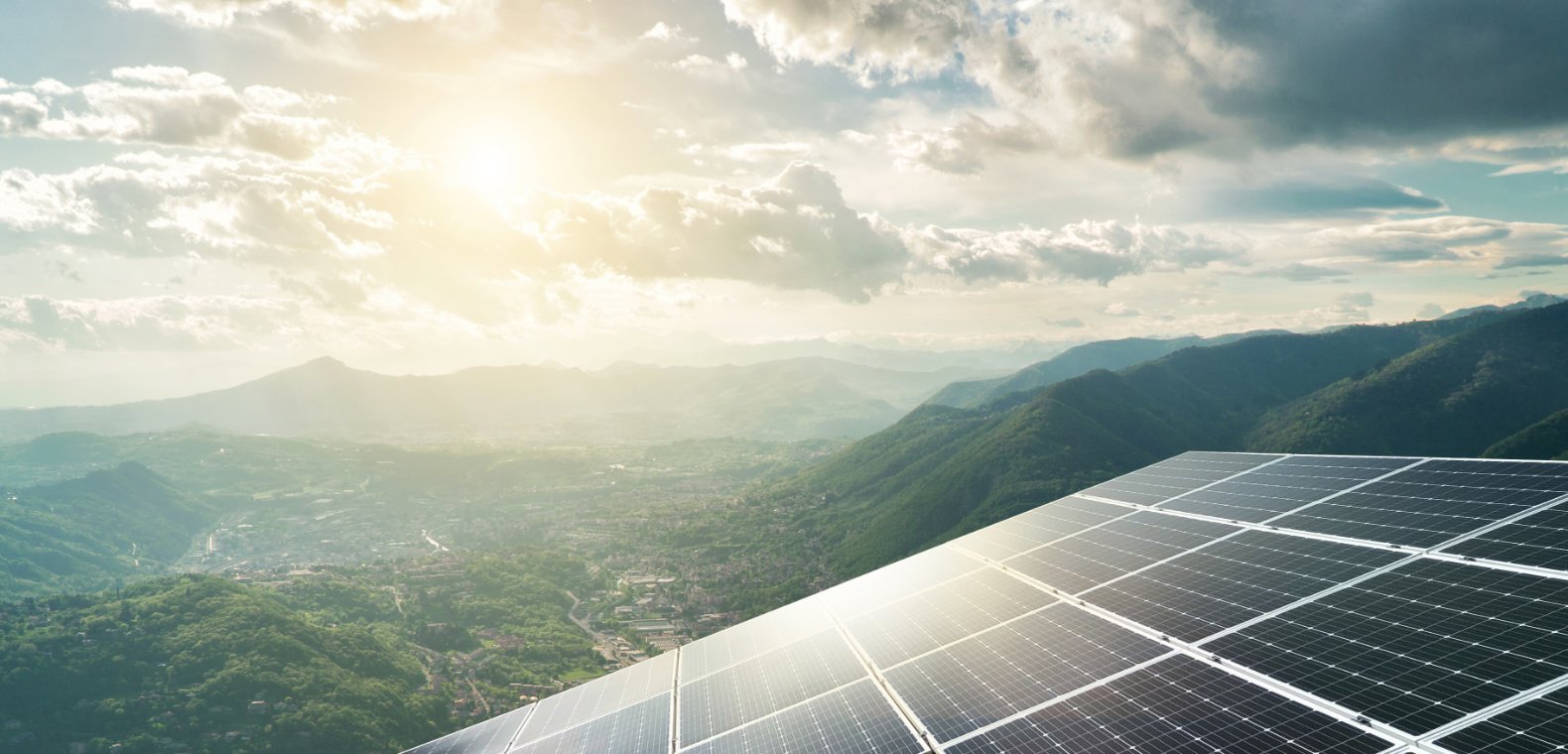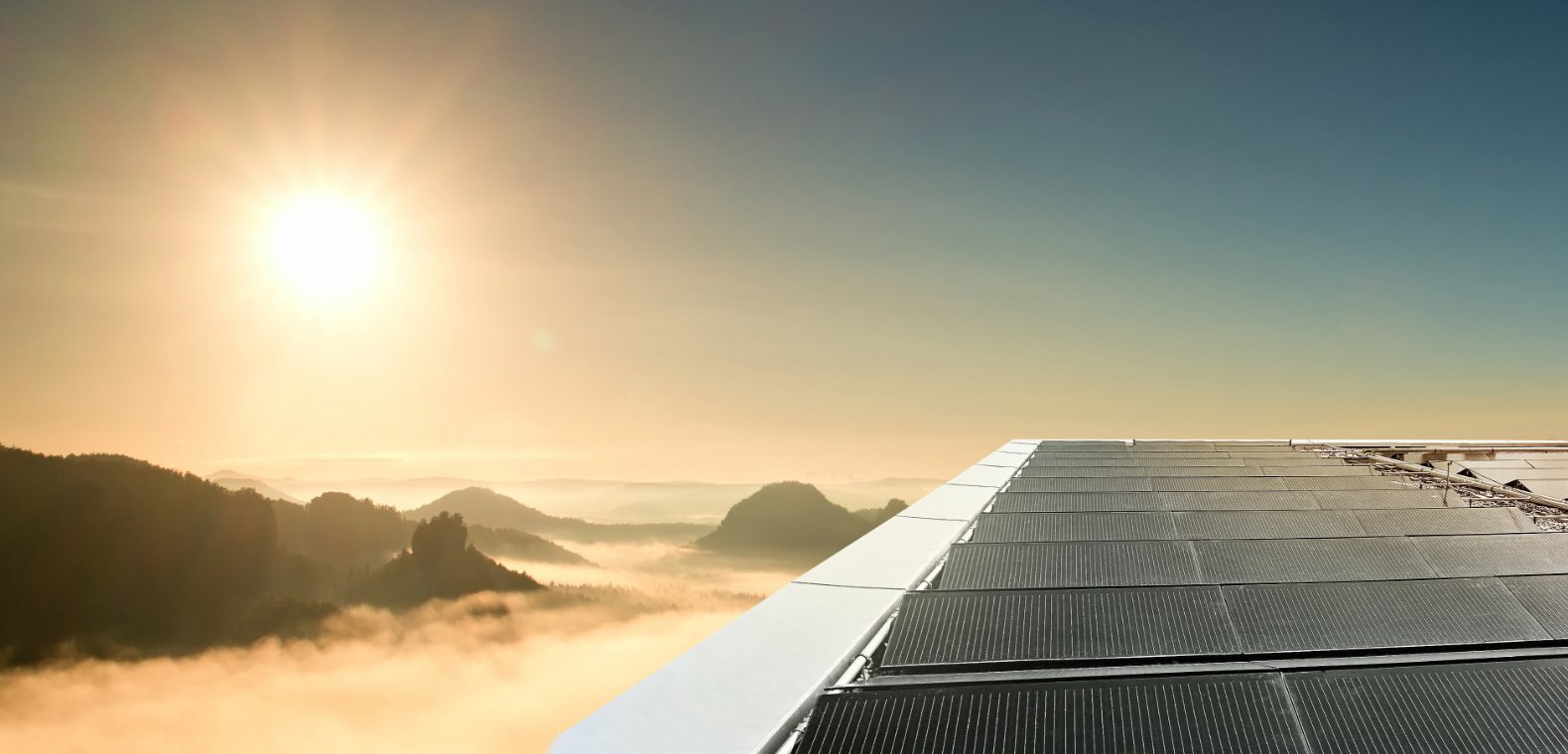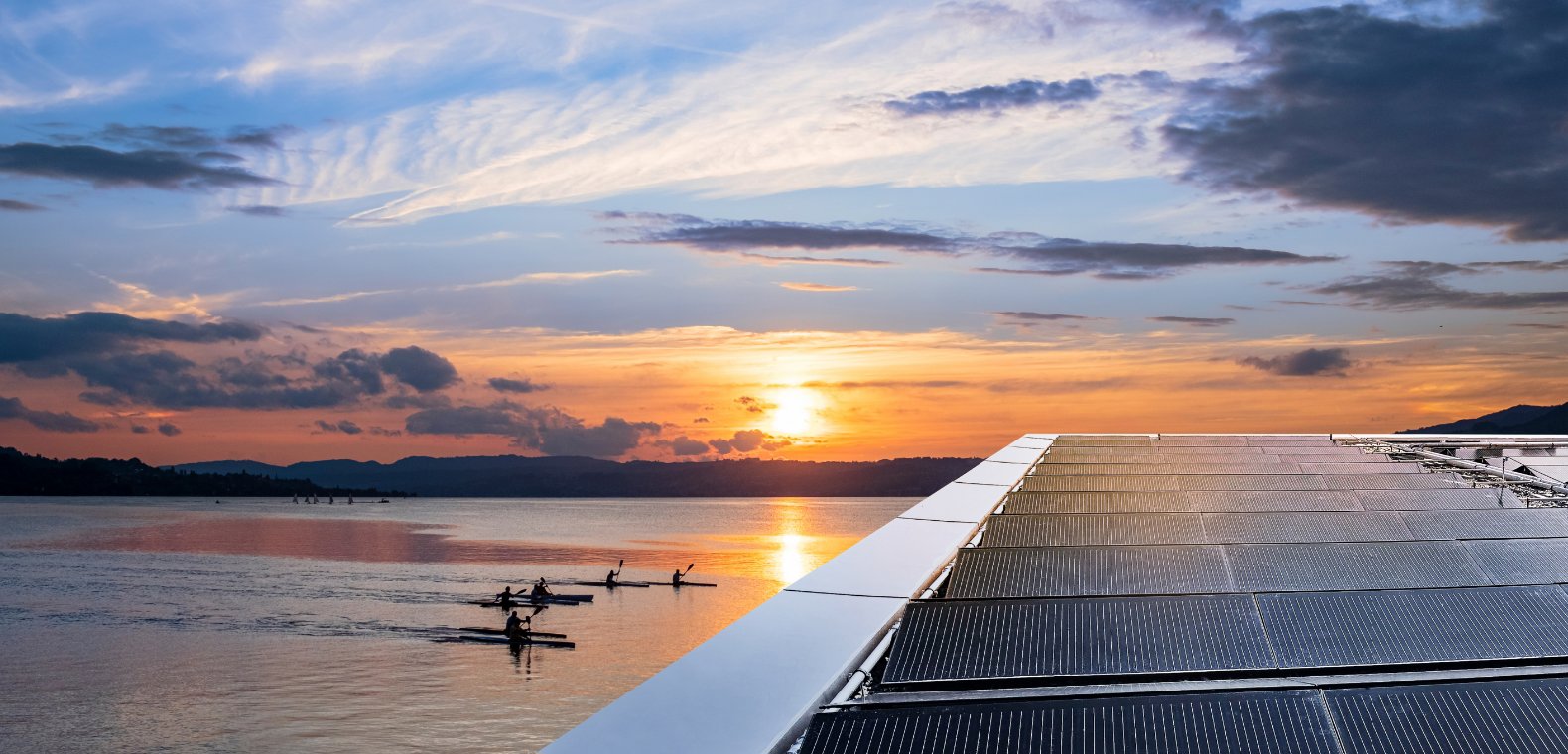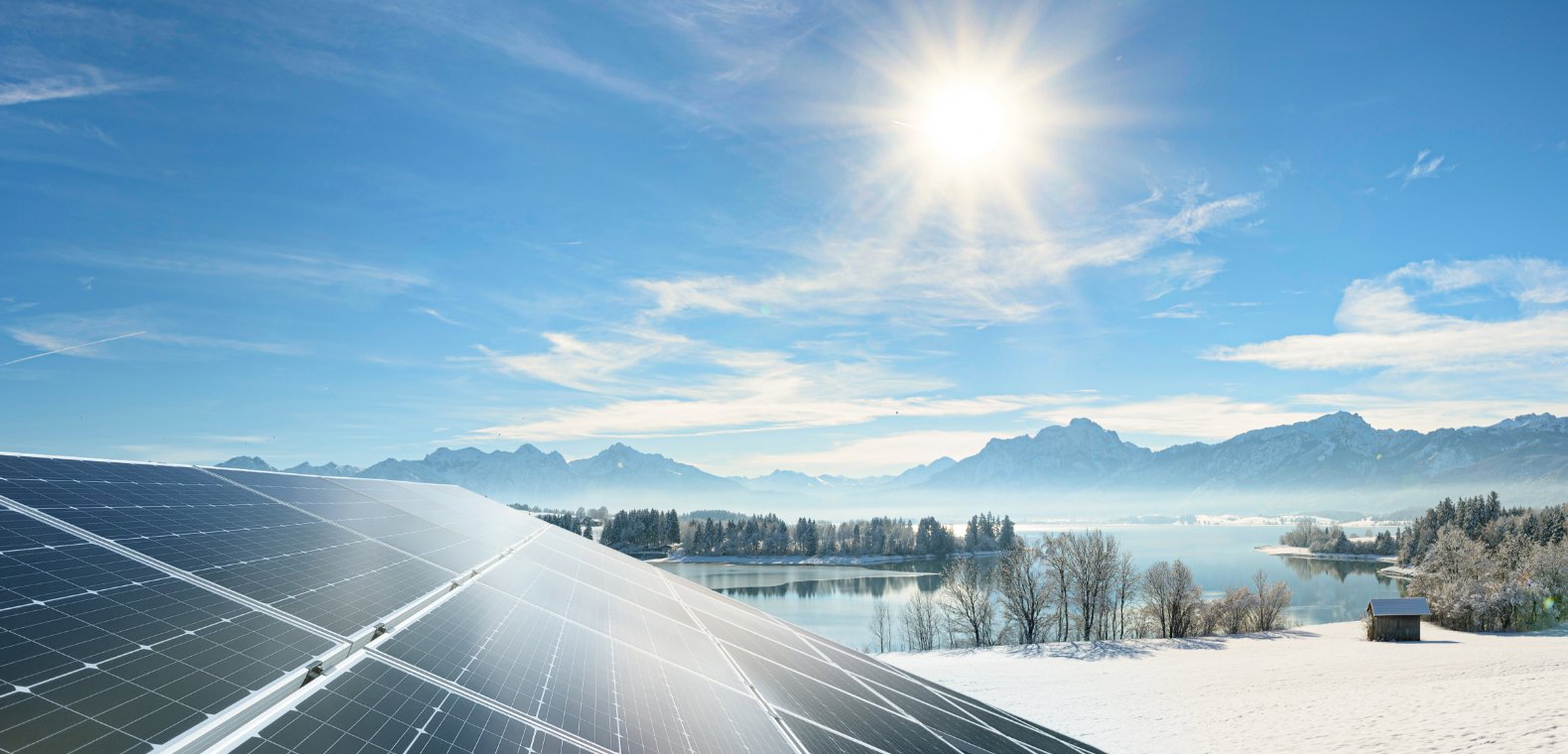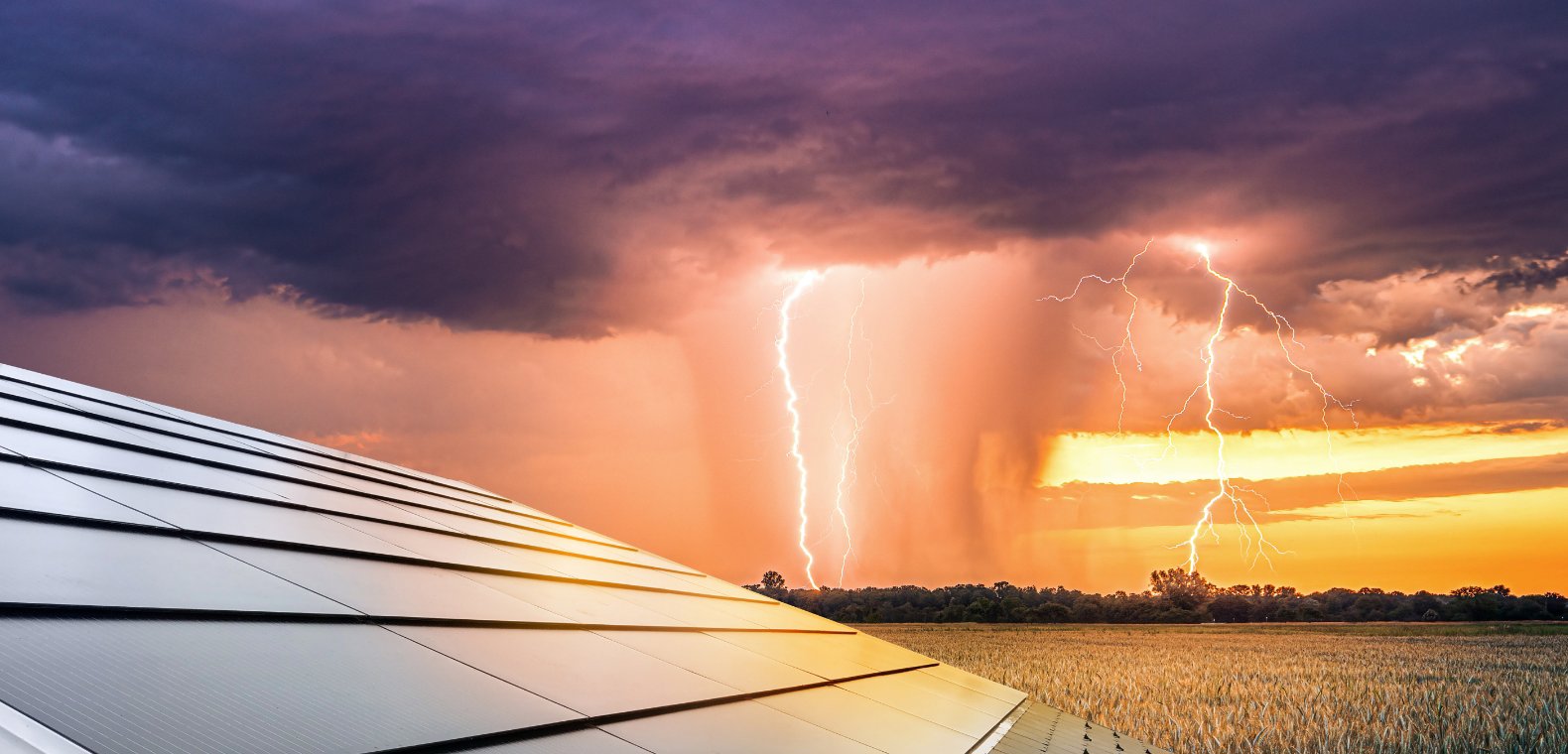Ice storage regeneration
Ground source heat pumps are preferable to other, less efficient heat pump systems with regard to the winter electricity gap. Unfortunately, Earth probes cannot or must not be drilled everywhere. The need for regeneration and deconstruction problems must also be considered. Ice storage systems are similarly efficient and replace the need for borehole heat exchangers. Ice storage systems are particularly economical for new construction projects and for an energy reference area of 1,000 m2 or more.
Ice storage - the ideal seasonal storage: cooling energy for the summer, heating energy for the winter!
As paradoxical as it sounds, it is ingenious: an ice storage tank can provide twice as much energy as a pure water storage tank from 0 to 80°C. This is thanks to the energy-intensive phase transition from water to ice. This is thanks to the energy-intensive phase transition from water to ice. Ice storage tanks can be located under the floor slab, at basement level or outside the building below ground level. The surrounding soil acts as an additional storage mass. During the transformation of the water to ice, the heat of crystallisation is released by this phase change and supplies additional energy to the system. Thus, an ice storage tank can store twice as much energy in the form of heat as a normal water storage tank.
The rule of thumb for dimensioning a seasonal ice storage is: 100/10/10, i.e. per 100m2 energy reference area approx. 10m2 hybrid modules and approx. 10m3 ice storage. Of course, this rule does not replace serious planning and an individual simulation.
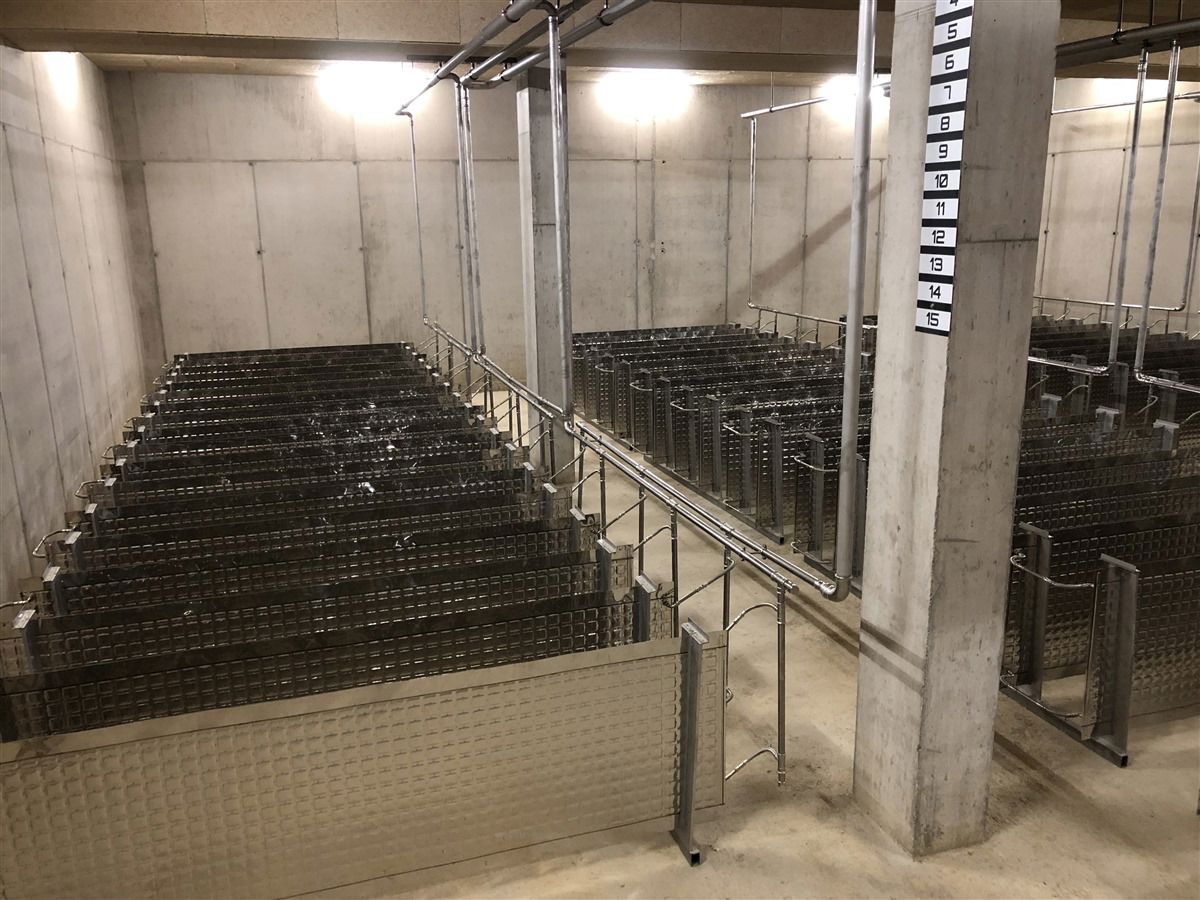
Further information directly from the supplier: B-Solartec AG
Video: B-Solartec AG
Video: How does an ice store work?
